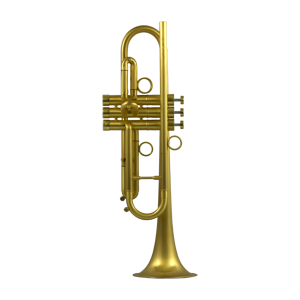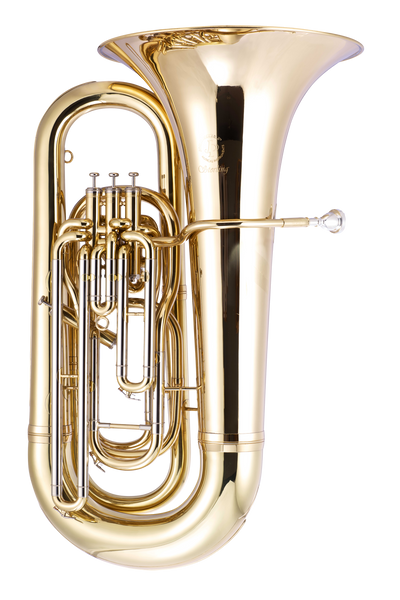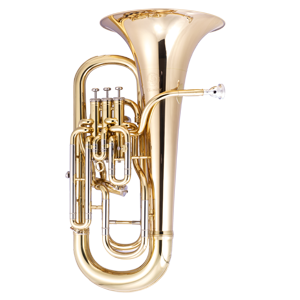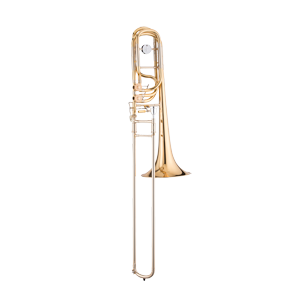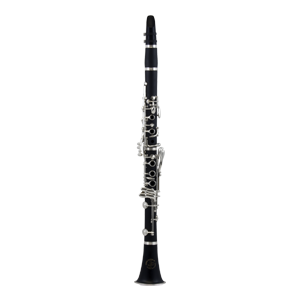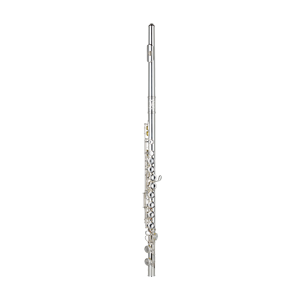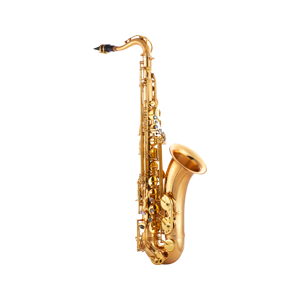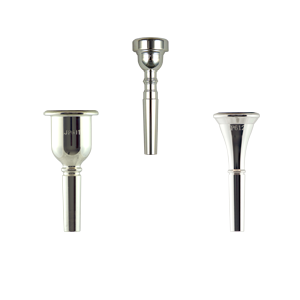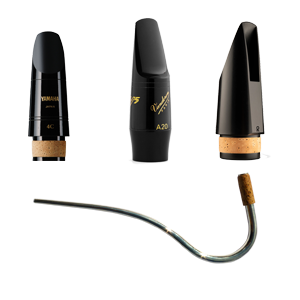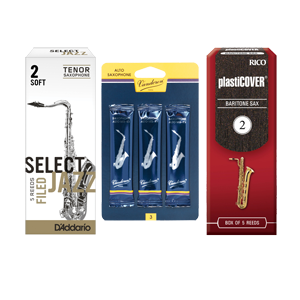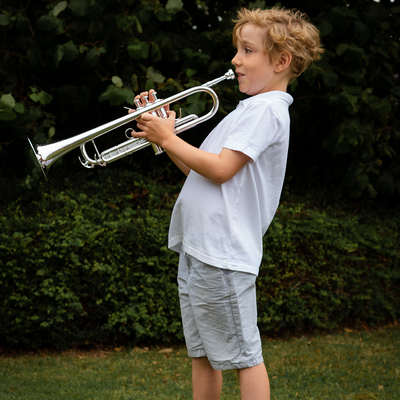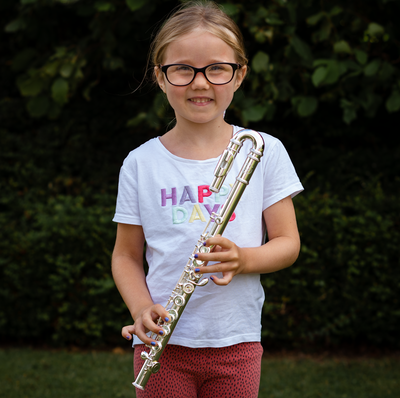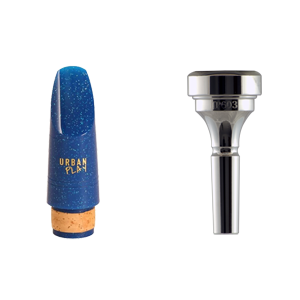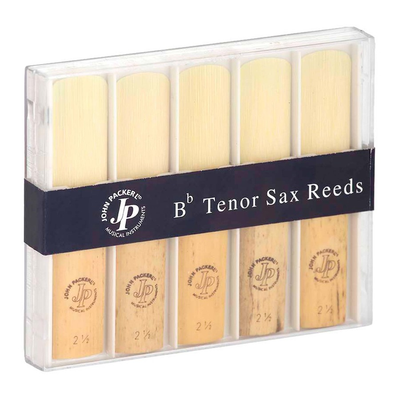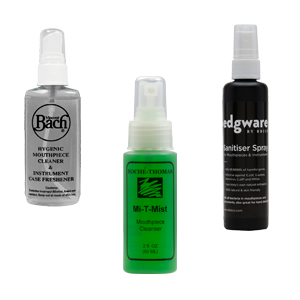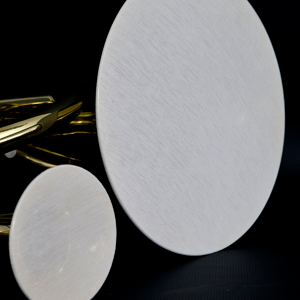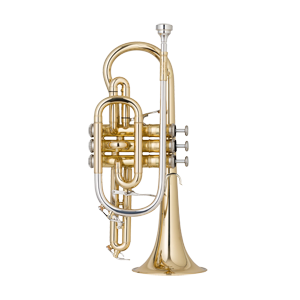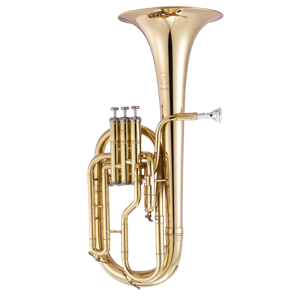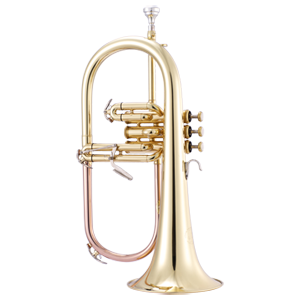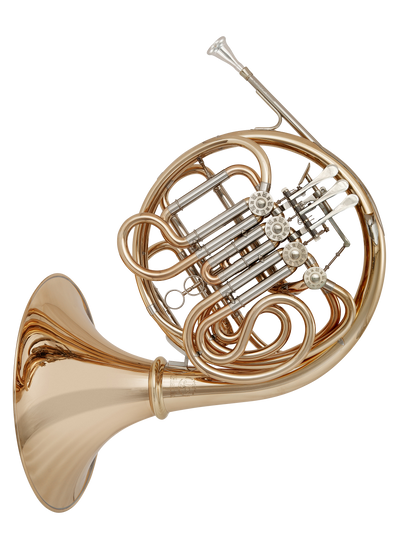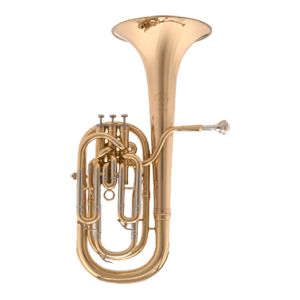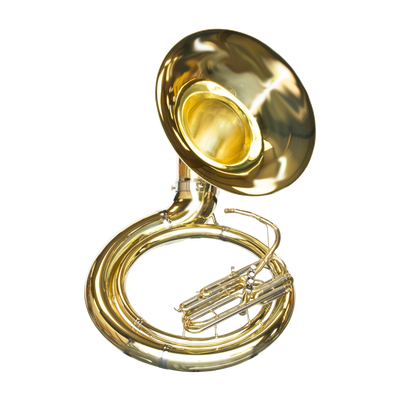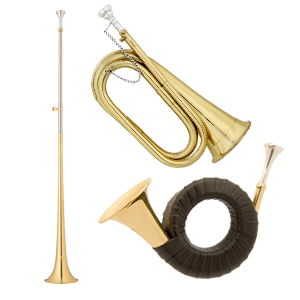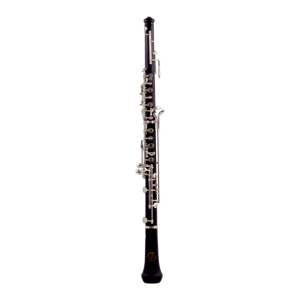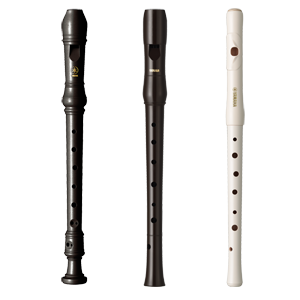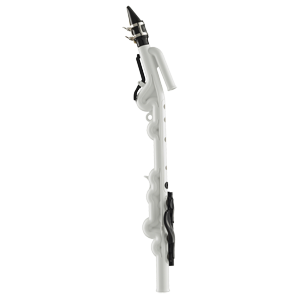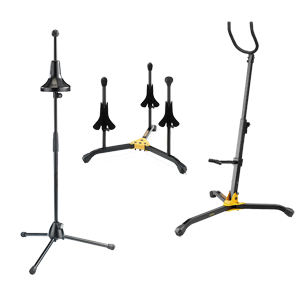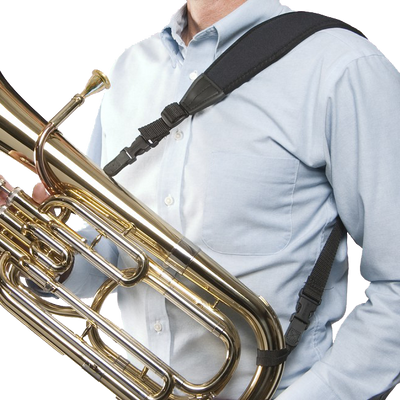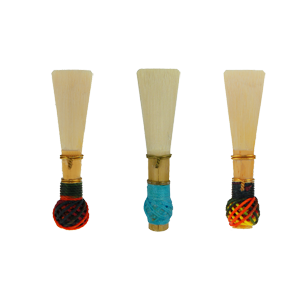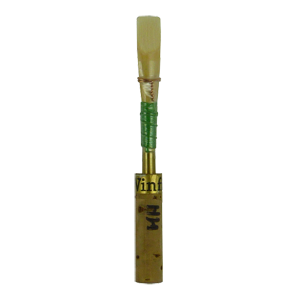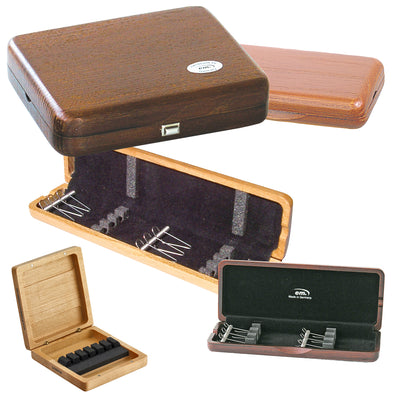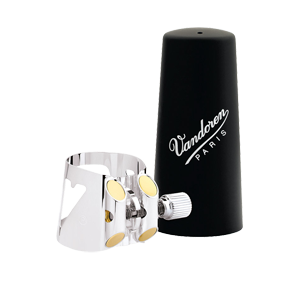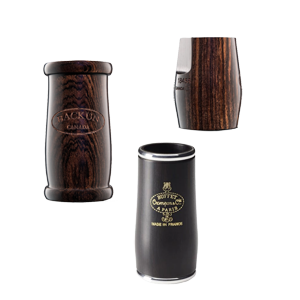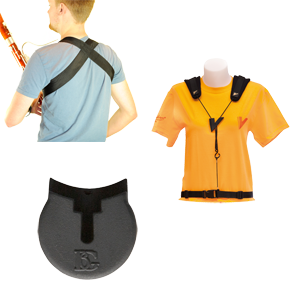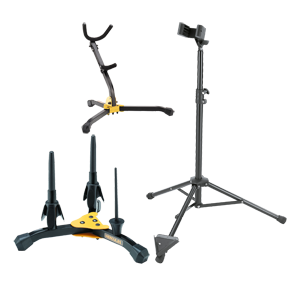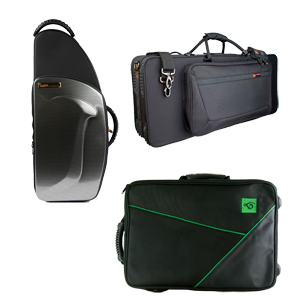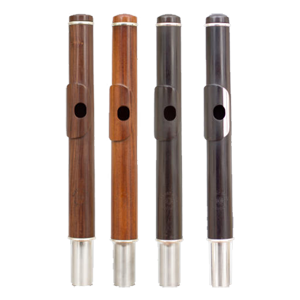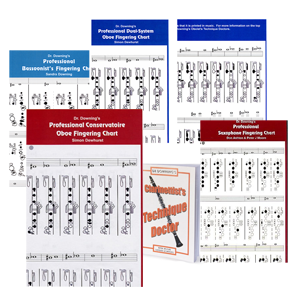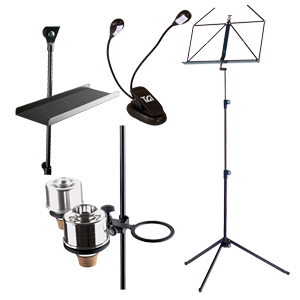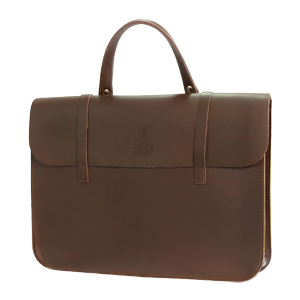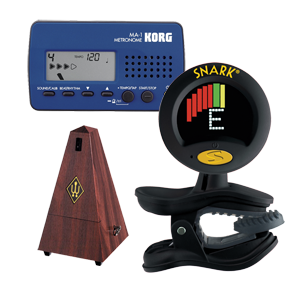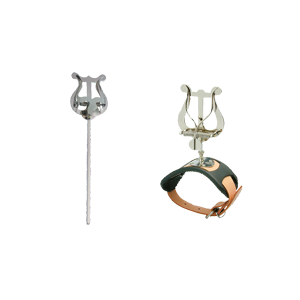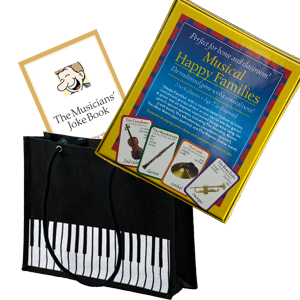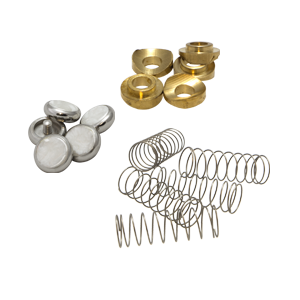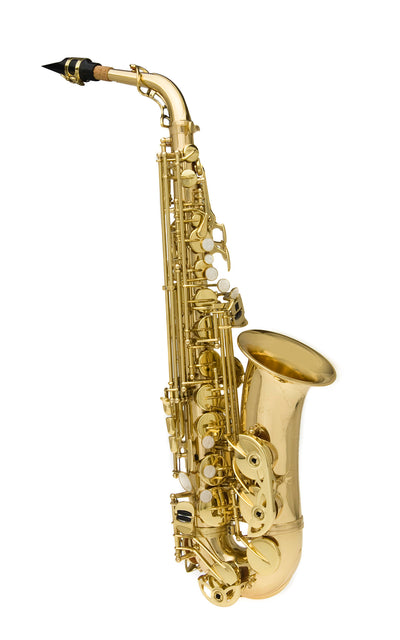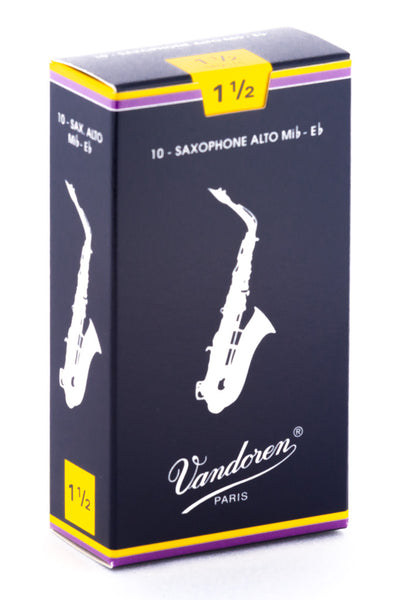A guide to buying your first Euphonium
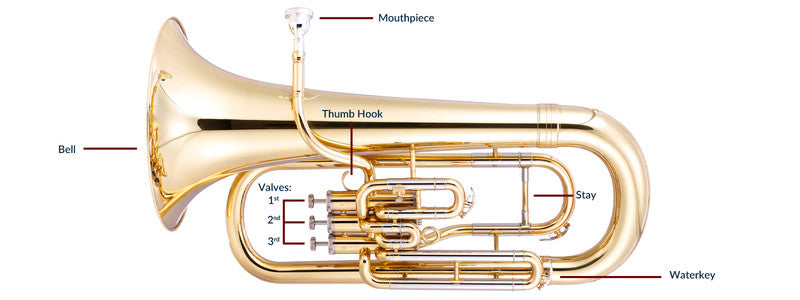
Following the cornet, the euphonium is a significant instrument in the traditional British brass band, and there have been many successful solo musicians on this instrument. You can also find the euphonium in Wind Bands and occasionally in orchestras, making it quite a versatile instrument.
Euphoniums in many respects are similar to the Baritone horn, both playing in the key of Bb. But while the baritone horn has a cylindrical bore meaning that the bore stays mostly the same size until the bell flare; the euphonium has a conical bore, with the tubing getting larger all the way through the length of the instrument which gives the players a darker tone than the baritone horn.
Many euphoniums players actually start learning to play on a baritone horn due to its small size and as both instrument use the same type of mouthpiece it is easy to transfer at a later stage.
Types of euphonium
| Type | Key | Application | Other Comments |
|---|---|---|---|
| 3 Valve | Bb | These instruments have 3 valves and are machine made and built for economy and durability. They play well, but don’t have all the high-end features and craftsmanship found on intermediate and professional models. | Strongly recommended for new players |
| 4 Valve | Bb | Mid range euphoniums have 4 valves and come in two basic types, non-compensating and compensating. Compensating instruments have extra ‘knuckles’ of tubing which ‘compensate’ for the tendency of the low register to be sharp. This extra tubing lowers the pitch to help bring the lower notes closer in tune. With the additional tubing comes additional weight, however. The 4th valve is positioned on the side of the instrument and played with the left hand which gives the player access to the lower register as when engaged it increases the instruments range by 2 ½ tones downwards. | Generally used by more experienced players |
Younger players
Learning a musical Instrument at a young age has a whole host of benefits but it is important that children are comfortable holding and playing their instrument before they start their musical journey in earnest.
Even the three valve euphonium is a relative big instrument so it is often better to start with the baritone which is very similar but a little smaller.
The other consideration for younger players is their ‘embouchure’ or mouth position when starting at a young age. Developing a good embouchure can take many years and relies on making small adjustments over time. It is usually best to wait until adult teeth are fully in place so that a stable mouth and teeth position is set for players to use as their baseline for embouchure
Features
Bore
The euphonium’s bore is conical or cone-like in shape which increases in diameter down the length of the instrument. This give the euphonium a much warmer and softer sound when compared to the baritone horn.
Most euphoniums have a bore measuring between 14.5mm and 16.8mm. A smaller bore is usually characterised by a tighter, brighter tone.
Valves
Like the majority of brass instruments, smooth performance for your euphonium’s valves is vital. Sticky or seized valves are a common issue with cheaper student instruments so be sure to check these carefully. Learning how to correctly oil your instrument’s valves will also be invaluable in reducing these kinds of issues.
Valves on student euphoniums tend to be nickel-plated. These are hard wearing, durable and perform well without frequent maintenance. Higher standard euphoniums may be fitted with Monel valves which although capable of a higher standard of play, will require more frequent maintenance as they are softer when compared to nickel-plate. However, Monel valves are corrosion resistant so tend to have a longer overall lifespan.
Bell
Bell Bell size and material have a significant effect on the sound of your euphonium. A larger bell will project your playing more effectively and over a wider area at the same level. The material that your bell is made from also makes a significant different to the tone of sound that you produce. See the ‘material’ section for further details.
Finger Hooks & Thumb Rings
These components make holding your instrument more comfortable and help you make small tuning adjustments.
Waterkeys
These allow moisture to be easily drained from your trumpet and if used regularly can help increase the lifespan of your instrument.
Material
Traditionally Brass tends to be the most common material that euphoniums are constructed from. A number of different types of brass are commonly found usually differentiated by the ratio of copper to zinc. Yellow Brass is most commonly found on student models and has a copper content of about 70% (30% zinc). High grade 80:20 brass becomes more common in step-up and more professional standard models. Rose, or red, brass has the highest copper content at about 90% and is capable of achieving a warmer, mellower tone more easily. Rose brass can sometimes be found in the construction of some leadpipe and bell sections on student euphoniums. This can support the swift progression of newer players and also has the advantage of resisting ‘red rot’ and corrosion.
Recommended accessories
Valve Oil
A vital piece of maintenance equipment for all brass players, valve oil will enable you to keep your cornet in top playing order and will stop your valves from sticking or seizing completely. Many different brands are available depending on your personal preference.
Euphonium stand
A good quality instrument stand will help avoid accidental knocks and accidental damage to your cornet. We always recommend placing your euphonium back in its case after each practice.
Mouthpiece Brush
Well-designed for a specific task, a brass mouthpiece brush makes cleaning your mouthpiece simple and quick.
Lyre
A lyre is particularly useful for marching band and carol musicians as it holds sheet music securely in place. Great for when a music stand isn’t practical! Both straight and bent versions are available depending on the position of your euphonium's lyre box.
Silver polishing cloth
These cloths are impregnated with silver polish and help restore the shine to your brass instrument. Although designed for use on instruments with a silverplate finish, they work just as well with lacquer finish models.
Popular student models
John Packer JP074 Bb Euphonium
The JP074 is a high quality Bb student euphonium with an open wrap design and thumb hook to support players with smaller hands. constructed from yellow brass throughout with the inclusion of a rose brass leadpipe providing a full, dark sound. A .571" bore, 11" bell and open wrap design help sound projection and support those students that are new to the instrument.
Yamaha YEP201 Bb Euphomium
The Yamaha YEP-201 3 valve student euphonium is an excellent alternative for younger players, or when budget is a strong consideration. It is lighter weight than more advanced models making it easier to hold and play, but still features a big full sound, and easy response. With a bell measuring 280mm (11") and bore 14.5mm (0.571").
Jupiter JEP700 Bb Euphonium
Superior craftsmanship, playability, and dependability make Jupiter the sound choice for any solo or ensemble application. This model features stainless steel pistons, .570" (14.5mm) bore and a 11" (280mm) bell.
JP174 Bb Euphonium
The JP174IL is a durable non-compensating Bb student euphonium with 4 inline valves, giving access to the lower notes without the extra weight of a fully compensating system. The inclusion of a rose brass leadpipe enables players of all standards to achieve a full, rich sound whilst its 11" bell gives good projection. Constructed from yellow brass throughout and with a .661" bore, 11" bell and bottom sprung valves for a smooth and free action. A bell ring is also included providing a robust and rigid construction.
JP274 Bb Euphonium
The JP274 MkII is a high-performing fully compensating Bb euphonium suitable for serious students and musical professionals alike. The JP274 MkII features a fully compensating system enabling players to more accurately tune their playing. The instrument also includes an 11" bell for greater projection and a full, dark sound.



